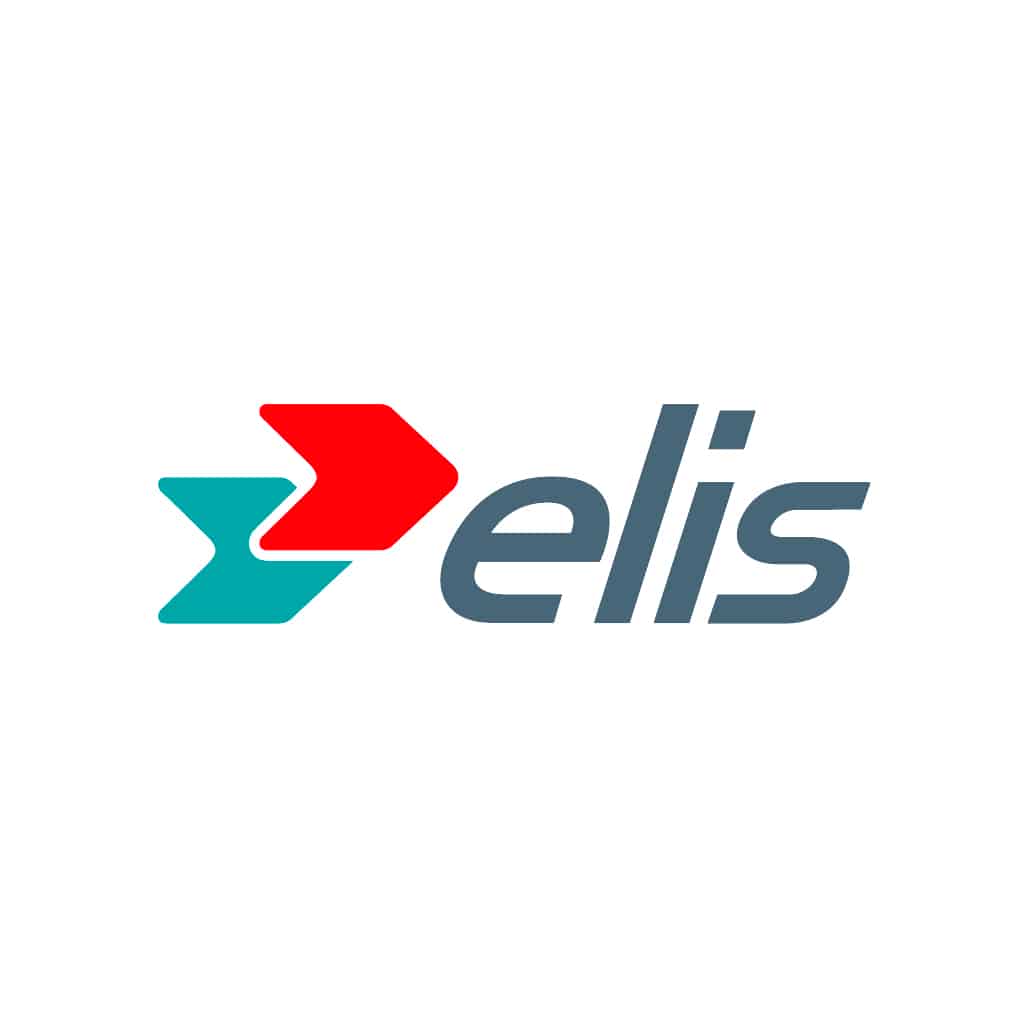Reducing energy consumption in industrial laundries thanks to process optimization

To reduce energy consumption and CO2 emissions in its laundries, Elis has developed a program to optimize the washing process.
Main project's drivers for reducing the greenhouse gas (GHG) emissions
Energy and resource efficiency
Energy Decarbonisation
Energy efficiency improvements
Improving efficiency in non-energy resources
Emission removal
Financing low-carbon issuers or disinvestment from carbon assets
Reduction of other greenhouse gases emission
Project objectives
Optimize washing processes to reduce energy consumption (for steam and hot water), water consumption and related CO2 emissions.
Cleaning process is the biggest lever for energy reduction in laundries, especially thanks to lower water temperature and a reduction in the water to be heated:
– wash at low temperature
– detergent calibration as emulsion to optimize detergent and water consumption
– use of liquid detergent instead of powder, easier to rinse and thus using less water ,
– reuse of rinse water during certain washing stages
– heat exchange to pre-heat “fresh-water”
Process optimization and identification of best available technologies and chemical products are realized in partnership with our suppliers to ensure the best fit.
Elis runs 260 laundries in Europe and plans to implement this project at least until 2025.
This project is one of the actions performed in the framework of our ambitious Group 2025 CSR Commitments.
This Commitment program covers especially Climate Change, through the below goals:
- Reducing CO2 emissions intensity in our operations by 20% compared to 2010
- Improve thermal energy efficiency by 35% compared to 2010 (perimeter Europe)
- Reduce overall fleet carbon footprint
- Offer at least one sustainable collection per product family and recycle 80% of the end-of-life textiles
Elis has a long history on energy efficiency improvement, especially thanks to its partnerships approach along the value chain: from design, supply of equipment’s to daily use in laundries, always looking for the best performance.
Emission scope(s)
on which the project has a significant impact
- Emission scopes
- Description and quantification of associated GHG emissions
- Clarification on the calculation
Scope 1
Direct emissions generated by the company's activity.
Scope 2
Indirect emissions associated with the company's electricity and heat consumption.
Scope 3
Emissions induced (upstream or downstream) by the company's activities, products and/or services in its value chain.
Emission Removal
Carbon sinks creation, (BECCS, CCU/S, …)
Avoided Emissions
Emissions avoided by the activities, products and/or services in charge of the project, or by the financing of emission reduction projects.
Scope 1 – Reduction of thermal energy consumption (natural gas and other fuels) for washing process
- Quantification : – 5000 tCO2eq/year from 2019 to 2025
Scope 2 – Reduction of electricity for washing process.
- Quantification : – 500 tCO2eq/year from 2019 to 2025
This project and its implementation in Europe from 2019 to 2025 should bring in average per year: 29000MWh thermal energy reduction and 2500MWh electricity reduction.
With hypothesis of 1% increase in volumes per year, emissions factors of 0,185tCO2e/MWh for thermal energy (Elis Europe 2019) and 0,20tCO2/MWh for electricity (Elis Europe 2019), the Group estimates the CO2 emissions reduction at 5000tCO2e for Scope 1 and 500 tCO2e for Scope 2.
Key points
Invested amount
Not disclosed
Starting date of the project
2010
Project localisation
Europe
Project maturity level
Prototype laboratory test (TRL 7)
Real life testing (TRL 7-8)
Pre-commercial prototype (TRL 9)
Small-scale implementation
Medium to large scale implementation
Economic profitability of the project (ROI)
Short term (0-3 years)
Middle term (4-10 years)
Long term (> 10 years)
Illustrations of the project
Cleaning process optimization in laundries can lead to significative water consumption reduction. This project has already entailed since 2010 a reduction by 36% of water consumed per kg of linen delivered, aligned with our target of 50% reduction by 2025.
Unlike traditional consumption approach, the rental and maintenance model, is based on circular economy principles and allows our customer to benefit from Elis services without having to acquire the products.
This model, simplifying our customers’ life, reduces pressure on the environment and on natural resources. Indeed, thanks to process optimization, the maintenance-renting approach allows:
- To reduce significantly water consumption compared to traditional internal laundry approach with product ownership.
- to support an increase of the product lifespan to maximize usage, through repair, reuse or recycling and thus to reduce resource consumption.
This project will contribute to the following SDGs:
- SDG 6 Cleanwater and sanitation
- SDG 7 Affordable and clean energy
- SDG 9 Industry, innovation and infrastructure
- SDG 12 Responsible Consumption and production
- SDG 17 Partnerships
Ce projet est reproductible dans la plupart des laveries industrielles du Groupe.
Equipment and detergent suppliers
Contact the company carrying the project :
claire.bottineau@elis.com

